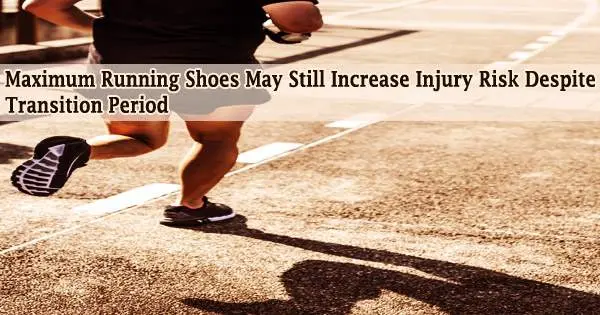According to a recent study from Oregon State University Cascades, greater impact forces and loading rates brought on by the shoe design do not diminish with time, and a six-week transition period did not assist wearers acclimate to “maximal” running shoes.
According to co-author and head of the Functional Orthopedic Research Center of Excellence (FORCE) Lab at the Bend campus, Christine Pollard, the shoes’ greater cushioning, particularly in the forefoot area of the midsole, alters the biomechanics of runners and increases their risk of injury.
“These shoes may work for certain people, but right now we just don’t know who they are good for,” said Pollard, an associate professor of kinesiology at OSU-Cascades. “The findings suggest that people aren’t really changing the way they run in the shoes, even after a six-week transition, potentially leaving them at increased risk of injury.”
The study was published recently in the American Journal of Sports Medicine. The lead author is J.J. Hannigan, a post-doctoral researcher in the FORCE Lab.
Maximal footwear was first presented in 2010, and since then, its appeal has increased. Although there are more than 20 different types of maximal shoes available, little study has been done on the footwear to determine how the shoes affect running biomechanics. Clinical professionals can provide science-based advice to runners with the use of controlled trials, such as those conducted at the FORCE Lab.
Before and after a 5K treadmill run, FORCE Lab researchers studied participants wearing the shoes; the results of that study revealed that the maximal shoes may increase impact force and loading rates, which imply a higher risk of injury.
We really don’t know enough to be recommending them. If someone is going to try them out, I would suggest they try them out on a treadmill at a running store to see how they feel. How they feel then is how they’ll feel in six weeks.
Christine Pollard
The goal of the new study was to advance the prior work by examining potential biomechanical effects of a six-week switch to the maximum shoe on runners.
“We wanted to look beyond any novelty effect the shoe might have,” Pollard said. “It’s a very new area and we have a lot of work to do to understand how these shoes affect running mechanics.”
20 runners who ran at least 15 miles per week and were a mix of men and women between the ages of 18 and 45 were the subject of the study. Two biomechanical testing sessions involving the runners were conducted in the lab, each session being spaced roughly six weeks apart. Both maximal and conventional running shoes were used as they performed a series of running experiments.
The runners were given a maximal shoe transition timetable to adhere to after the initial testing session. They kept up their regular running mileage but over the course of the six weeks gradually increased the percentage of that mileage run in the maximum shoe, spending only the last two weeks in those shoes.
The findings indicated that neither shoe type’s running mechanics changed over time. The investigation confirmed the findings of the preceding study by demonstrating larger impact forces and loading rates in the maximum shoe. After switching to the maximum shoes, those biomechanics remained same.
“The concern in the maximal shoes is that you have this mass you’re repeatedly loading. How are you attenuating that?” Pollard said. “We also saw changes in ankle kinematics, or the angular movement in the joints. With the maximal shoes we saw prolonged eversion, which likely increases stress on the legs and could lead to injury.”
More research is needed to understand how maximal shoes affect biomechanics, Pollard said. For now, runners and clinicians who work with runners should be cauti.
“We really don’t know enough to be recommending them,” said Pollard, who also is a licensed physical therapist. “If someone is going to try them out, I would suggest they try them out on a treadmill at a running store to see how they feel. How they feel then is how they’ll feel in six weeks.”





